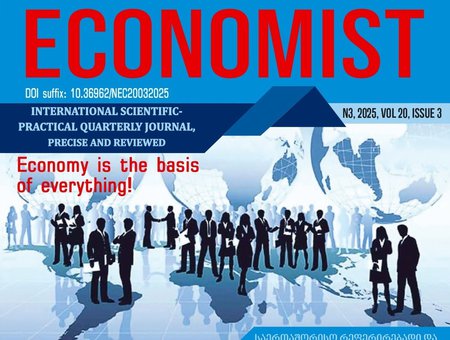Abdo, I., & Wanebo, A. (2024). Shifting global dynamics: An empirical analysis of BRICS+ groups of countries, using long-term empirical data, to assess economic, trade and military metrics. Cogent Social Sciences, 10(1), 2333422. https://www.tandfonline.com/doi/full/10.1080/23311886.2024.2333422
An evolving BRICS and the shifting world order. (2024, April 29). Boston Consulting Group. https://www.bcg.com/publications/2024/brics-enlargement-and-shifting-world-order
Banque de France. (2024, February 13). Expansion of BRICS: What are the potential consequences for the global economy. Banque de France Publications. https://www.banque-france.fr/en/publications-and-statistics/publications/expansion-brics-what-are-potential-consequences-global-economy
Ballasa, B. (1961) . TOWARDS A THEORY OF ECONOMIC INTEGRATION. (https://onlinelibrary.wiley.com/doi/10.1111/j.1467-6435.1961.tb02365.x)
Cochrane, L. (2024). Shifting global dynamics: An empirical analysis of BRICS+. Cogent Social Sciences, 10(1). https://www.tandfonline.com/doi/full/10.1080/23311886.2024.2333422
Dobrowolski, Z., Kowalski, P., & Nowak, A. (2025). Econometric analysis of BRICS countries’ activities in maritime shipping and associated environmental externalities. Energies, 18(3), 656. https://www.mdpi.com/1996-1073/18/3/656
Fliagin, D., Ivanov, V., & Petrova, E. (2025). Impact of intra-BRICS trade on the share of United States dollar reserves: A dynamic panel data analysis. BRICS Economic Review. https://brics-econ.arphahub.com/article/143810/
International Labour Organization (ILO) https://www.ilo.org/
Kumar, S. (2024). Is BRICS expansion significant for global trade and GDP? BRICS Economic Studies. https://brics-econ.arphahub.com/article/139877/
Krugman, P. (1980). Scale Economies, Product Differentiation,and the Pattern of Trade. https://www.aeaweb.org/aer/top20/70.5.950-959.pdf
Karchava, L., Veshapidze, S,. Tsikelashvili, S. (2025) Georgia's Perspective in the Context of Developing Economic Ties between China and the European Union (https://www.neweconomist.com.ge/media/documents/01-2025-%E1%83%A5%E1%83%90%E1%83%A0%E1%83%A9%E1%83%90%E1%83%95%E1%83%90-%E1%83%95%E1%83%94%E1%83%A8%E1%83%90%E1%83%9E%E1%83%98%E1%83%AB%E1%83%94.pdf)
Nach, M. (2024). BRICS economic integration: Prospects and challenges. Journal of Global Economic Studies. https://www.tandfonline.com/doi/full/10.1080/10220461.2024.2380676
Saba, C. S., Adegbite, E., & Yusuf, A. (2025). Artificial intelligence (AI)-poverty-economic growth nexus in selected BRICS-Plus countries: Does the moderating role of governance matter? AI & Society, 40(3), 4729–4763. https://link.springer.com/article/10.1007/s00146-025-02213-0
United Nations Conference on Trade and Development. (2023). BRICS investment report. United Nations. https://unctad.org/publication/brics-investment-report
UN - Trade and Development (UNCTAD). https://unctad.org/
Thakur, D. (2023). Impact of fnancial inclusion on human development index: Special reference to BRICS countries. BRICS Journal of Economics, 4(2), 209–223. https://doi.org/10.3897/bricsecon.4.e96288
Udeagha, M.C., & Ngepah, N. (2023). The drivers of environmental sustainability in BRICS economies: Do green fnance and fintech matter? World Development Sustainability, (3), 100096. https://doi.org/10.1016/j.wds.2023.100096
Osepashvili, D. (2025) The Role of BRICS in the New World Order (https://journals.4science.ge/index.php/sociopolitologos/article/view/3965/4010)
International Monetary Fund. https://www.imf.org/en/Home
World Bank. https://www.worldbank.org/ext/en/home



